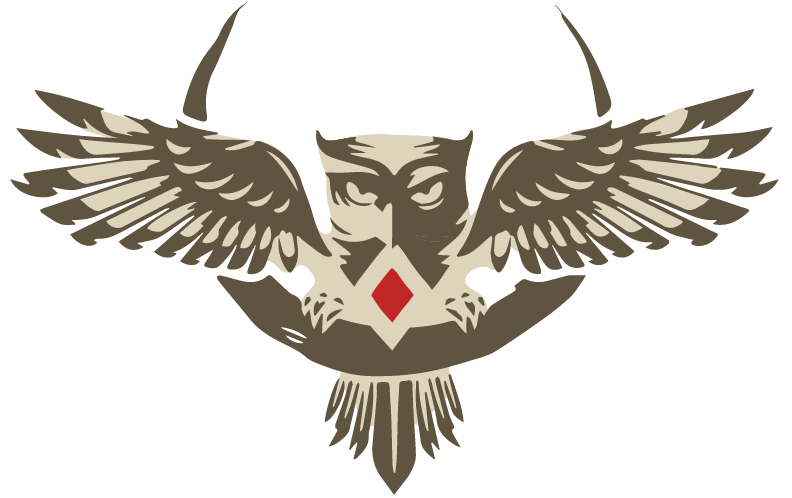Raising Funds for Our Largest Initiative
Reading time 3 minutes

When Mil-Tree conceived of Tapestries of Transformation, we already had in mind a grant from California Arts Council and the Inland Empire Community Foundation. The grant writing process was a group effort led by the president of our board, Pat Wallis.
Elements of Success
In our experience, the biggest considerations for successful grant writing is to understand what it is you are trying to achieve.
Our aim was to end veteran isolation. We knew we needed a new story or meta-narrative. One that gave voice and vision to a world that was more connected than the one we now inhabit.
We knew this story couldn’t come from on-high. It had to be grassroots to be something we could believe in.
So how do you do that? Well, you can get a group of veterans and interested, active community members together under the premise that we wanted to address this issue of endemic isolation and loneliness. That’s how the retreat concept was born.
We knew we needed to tell this story to our community. How do you do that? You put on a show! And if we were going to create a performance it needed to be outstanding. It needed to leave the impression on the audience we were seeking. So we reached out to community members who were vested in our vision and mission, and who were also professional creatives like Christian Camargo.
Bringing Scope and Budget Into Focus
You need to know what you don’t. When you don’t know about an issue or skill (like creating an indelible performance), you reach out and talk to the experts. They will tell what needs to happen in your planned program to make it a success.
Once our creative director, our board president, our executive director and the designated culture bearers got together on a call, the scope of grant basically wrote itself, and the needed budget became apparent.
It became clear that after the retreat we would need workshops to pair up our creatives with community members and veterans who wanted to be involved in the program.
The aim of the workshops was to see how far we could take what we learned from the retreat to turn that material into a compelling story and performance. We didn’t need to know the exact nature of these at the fundraising point. We only needed to come up with a defined number with a defined duration so we could budget appropriately.
After the workshops, there would be rehearsals, so we needed to budget time and facilities for those. Then would come the performance, and then the compilation of this very toolkit. Spanning the entire program was also the idea of creating a video documentary of our effort. We wanted to make sure we could tell our story wide and far.
In summary, our aims and ambitions defined the elements of our proposed program. We didn’t try to do it alone. We did it with a team of experts.
